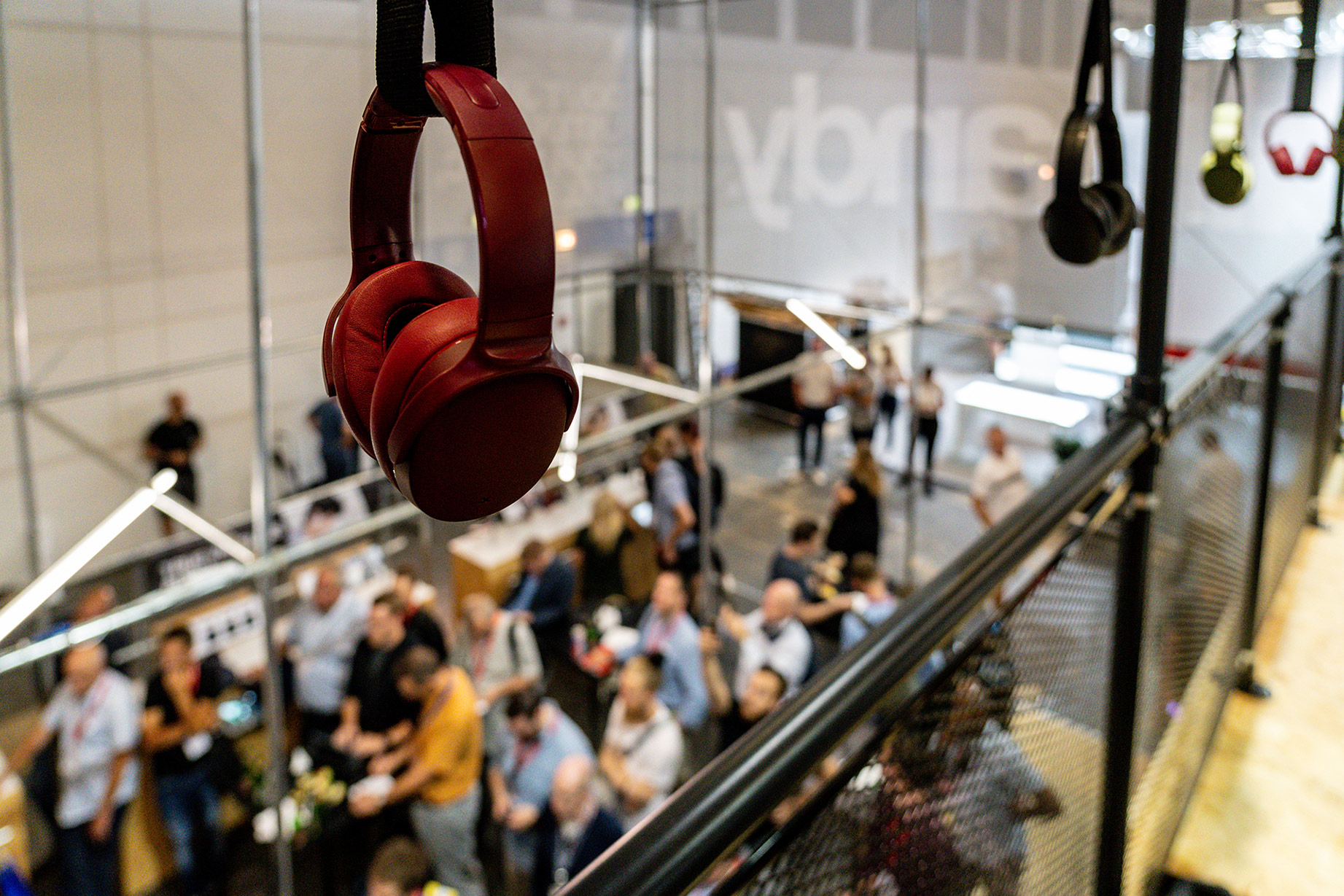
It’s no secret that our senses control how we experience the world. From how music can remind us of a specific moment to how certain scents make us feel at home, sensory experiences shape our emotions, perspectives, and choices more than we realise.
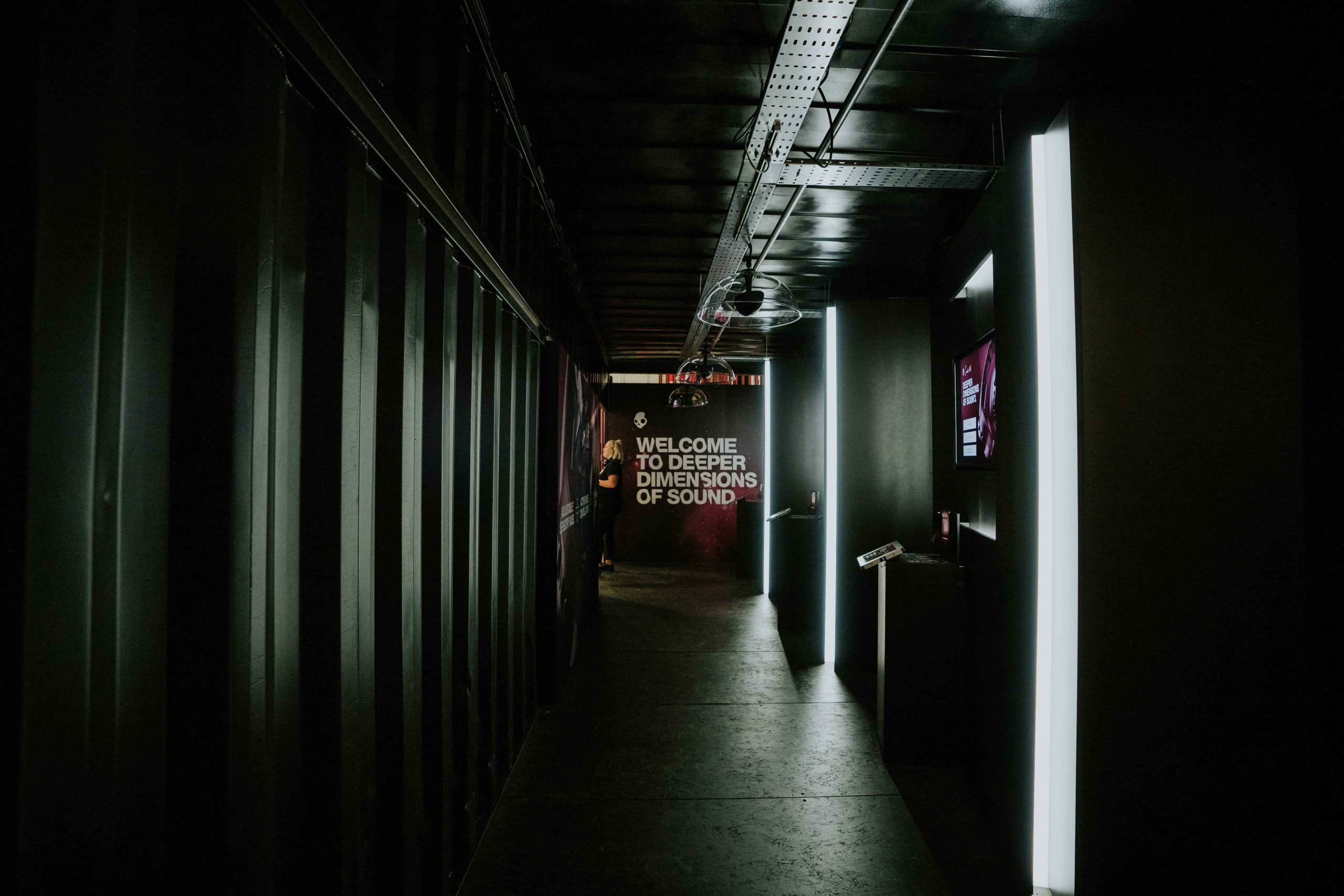
As living beings, we are more likely to remember what we feel rather than what we see or hear. You might not remember a time when you consciously noticed a space filled with multi-sensory elements – and that’s exactly the point. Successful businesses aren’t exploring inclusive design in their commercial spaces just to tick a box; they’re creating inclusive spaces that leave a permanent impression.

Multi-sensory design is primarily about creating spaces that activate and tap into more than just one or two senses. The aim is not to overwhelm people with stimuli but to mindfully use sound, scent, texture, temperature, and even taste to refine their experience. Each sensory element plays its part in creating environments that feel coordinated, stimulating and most importantly, inclusive. Your guests or employees may not always notice the soft background music in a retail store or the calming scent in a wellness environment. But they will feel the difference it makes to how engaged they are and how much time they want to spend there.
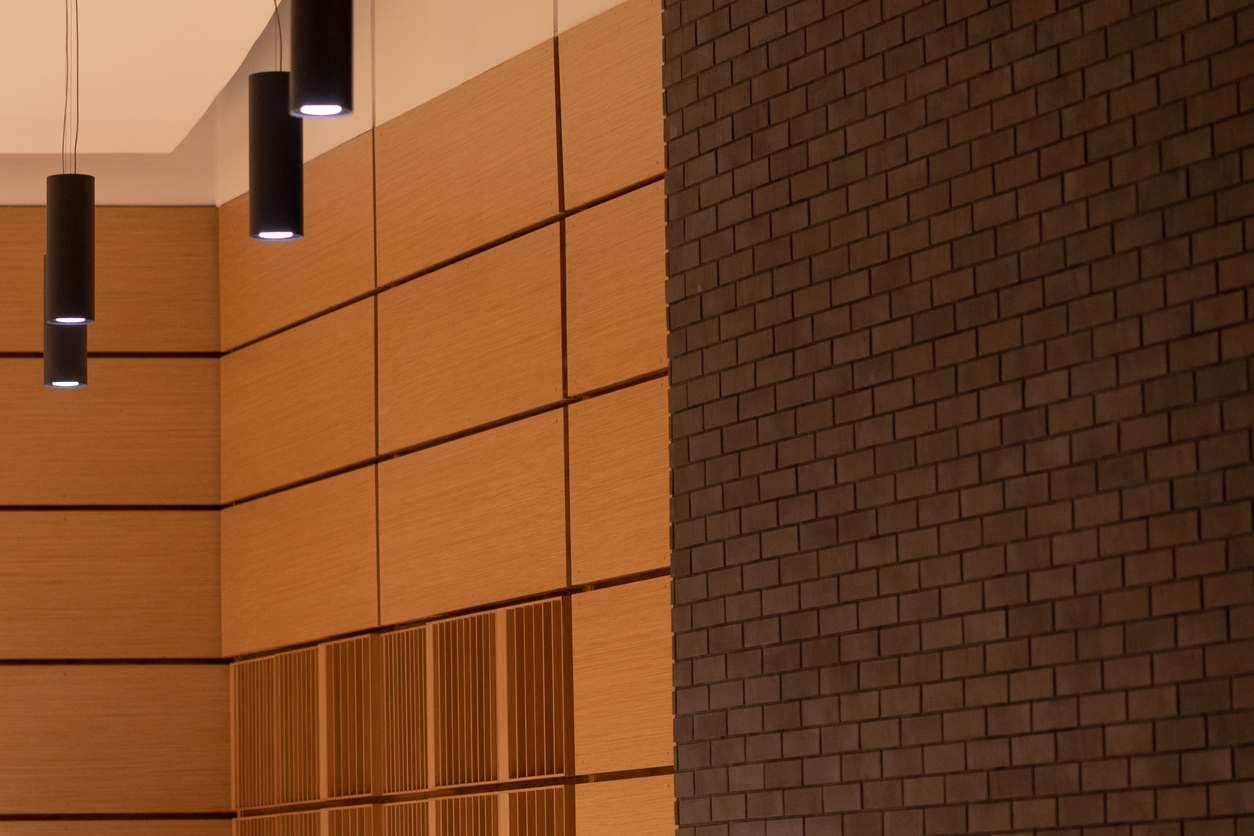
Not everyone faces the world in the same way. Non-inclusive spaces, designed traditionally, can be alienating for those with visual, auditory, or neurological differences. Combining multi-sensory elements into inclusive design ensures that spaces make everyone feel included, and just like everyone else, guests with sensory impairments have the same rich experience.
It might be difficult to imagine being able to navigate a space without relying on sight, but that’s where touch and sound step forward. Its features, such as textured flooring and soft audio cues that guide guests with visual sensitivities. Acoustic foams and fabric-covered panels are materials that absorb sound rather than amplify it- creating quieter environments, important in spaces like offices or theatres where noise can be disruptive. By making use of all sensory inputs, spaces become more functional and meaningful to a broader audience. Using multi-sensory design to create magnetic and inclusive spaces influences customers to stay longer, admire more deeply, and return in the future.
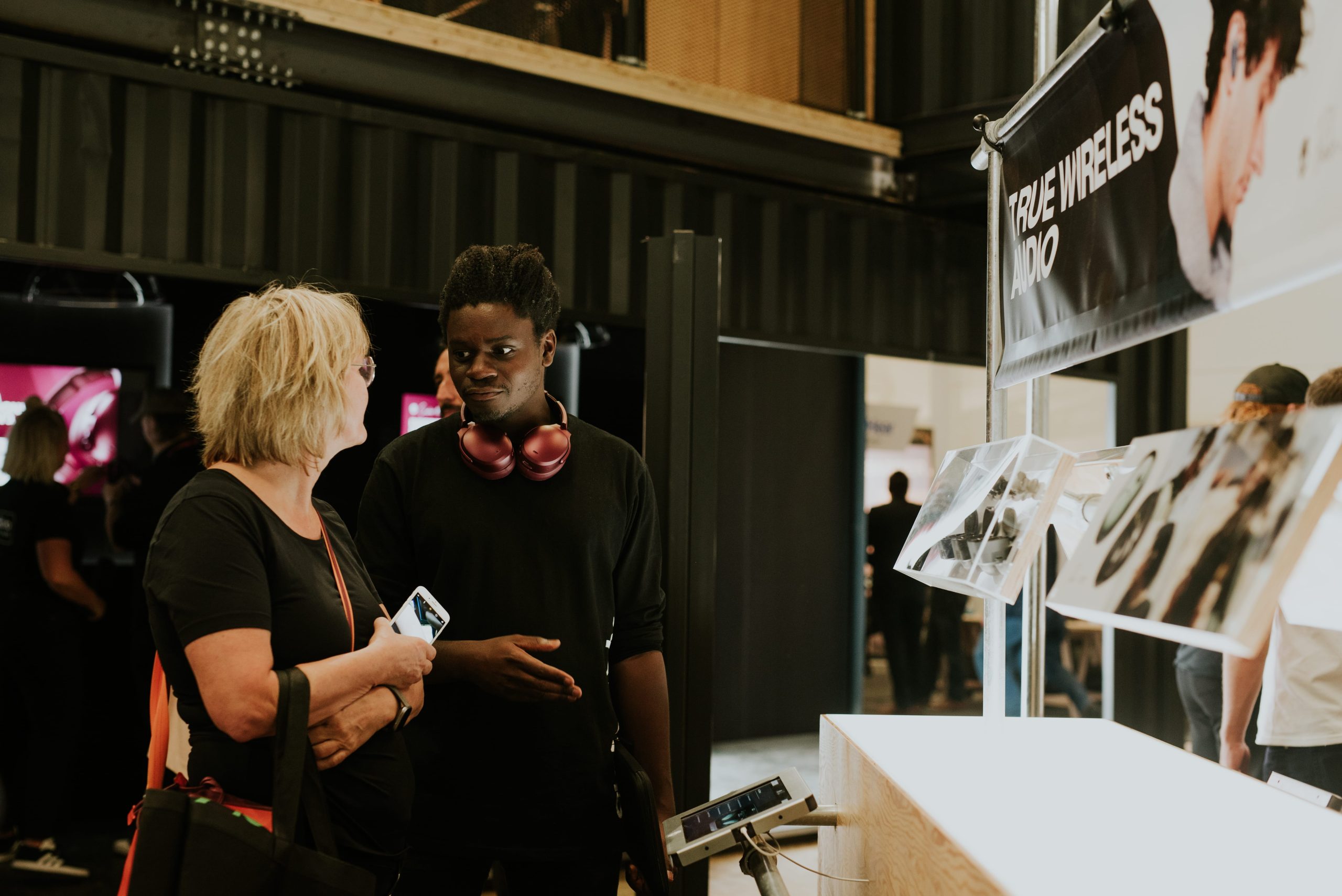
Using multi-sensory features in inclusive design doesn’t involve throwing every possible element into a space and hoping for the best – it’s about designing with intent and understanding, and like any good design, it starts with clear goal setting to determine the impact you want to create.
Emotional experiences are more vivid to the brain and easier to recall. For brands and businesses, this serves as an opportunity to shape their customer’s experience by driving positive emotions and supporting longer stays or repeat visits.
Spaces that function and perform well are developed with purpose. In environments that invite interaction and are easy to navigate, customers become familiar with the product, explore a service and leave with a favourable impression.
A truly inclusive space takes advantage of multiple layers of experience. All the sensory elements in an inclusive space need to work together rather than just exist. It’s helpful to consider which senses you want guests and employees to engage with based on what reactions and specific emotions you want to persuade.
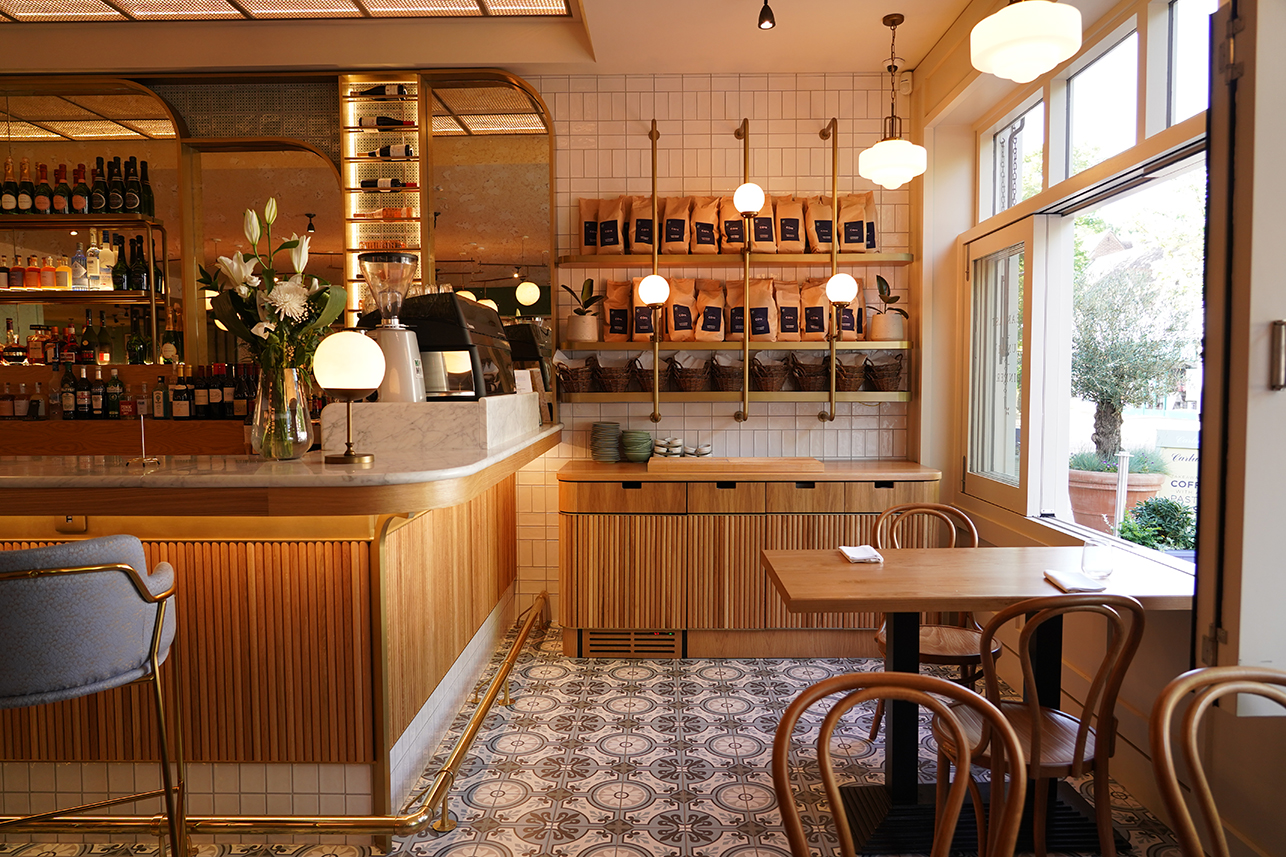
It’s down to colour, contrast and lighting, which all have a hand in how we perceive a space. We rely heavily on sight for navigation and decision-making, making it essential to perfect but simple to get wrong. Simple adjustments can have far-reaching effects:
– High-contrast design, such as clear signage, creates an inclusive space for those with visual impairments.
– Subtle and comforting lighting in hospitality environments builds stress-free spaces which guests return to and recommend.
Sound has a direct impact on our cognitive function and physical reactions, which can be responsible for reducing stress or increasing excitement. Different commercial spaces need varying levels of acoustics depending on the atmosphere they’re trying to create. Museums are often filled with directional speakers that create immersive environments, directing sound to certain areas. The result is a more personalised experience with minimal distractions.
What role does touch have in inclusive design? Visually impaired guests use braille signage and textures walls or flooring to help them navigate a space. An element that’s easily looked over is comfortable seating options, cushioned and supportive seating choices in any commercial environment are widely praised and appreciated.
Scent is one of the most powerful drivers of memory and emotion. The signature smell of a hotel room undoubtedly calms guests and smells great, but more importantly, it reinforces the brand’s identity, encouraging guests to recognise and remember the hotel after they leave. Retail environments with product displays cleverly use subtle fragrance zoning to encourage guests to explore the products and look more closely.
An impressive example of inclusive design developed with multi-sensory elements is The Sensory Room at The O2 in London. The universal space was designed specifically for neurodivergent visitors with features allowing them to take control of the environment by adjusting lighting and sound levels. These simple yet powerful features created a safe and content space for those who may find traditional event venues intense and overwhelming.
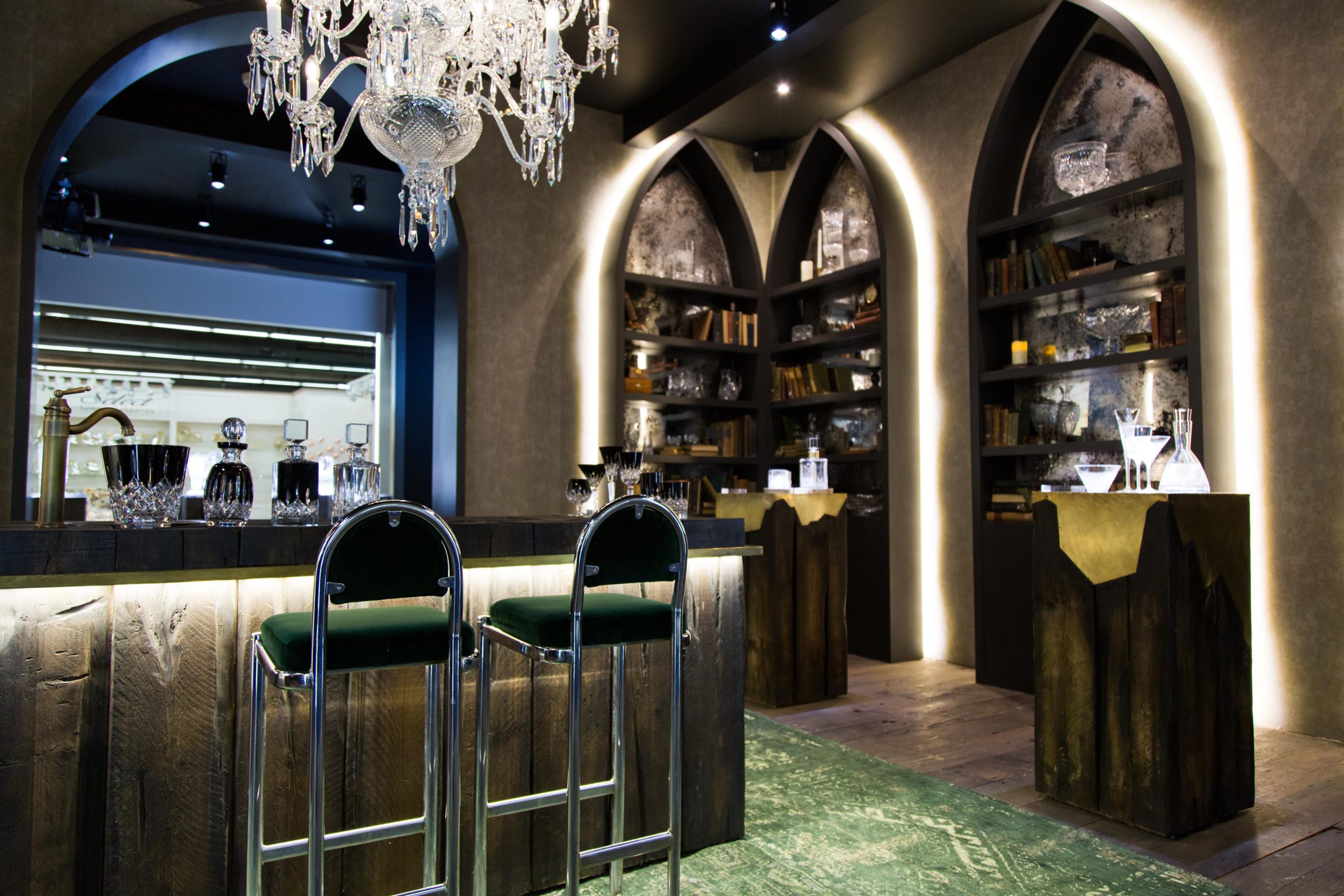
Working with industry-leading brands, we go beyond aesthetics – crafting experiences that perfectly echo a brand’s vision. At Spaces, we understand that every brand has its own story, and we share that story through every element of your space with taste, touch, sound and smell considered. From the subtle to the statement, we keep brands ahead of the curve with inclusive design that adapts to everyone.